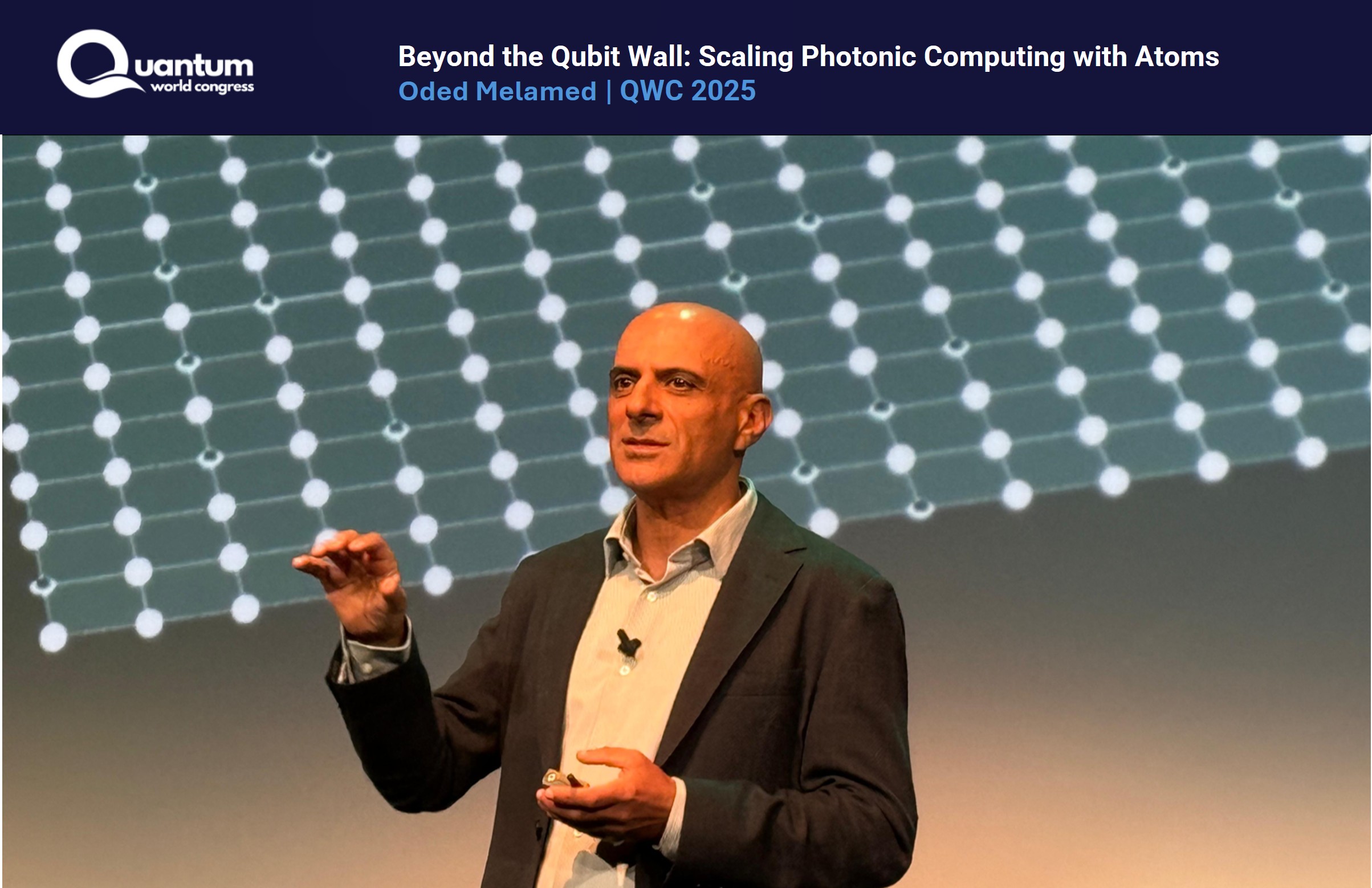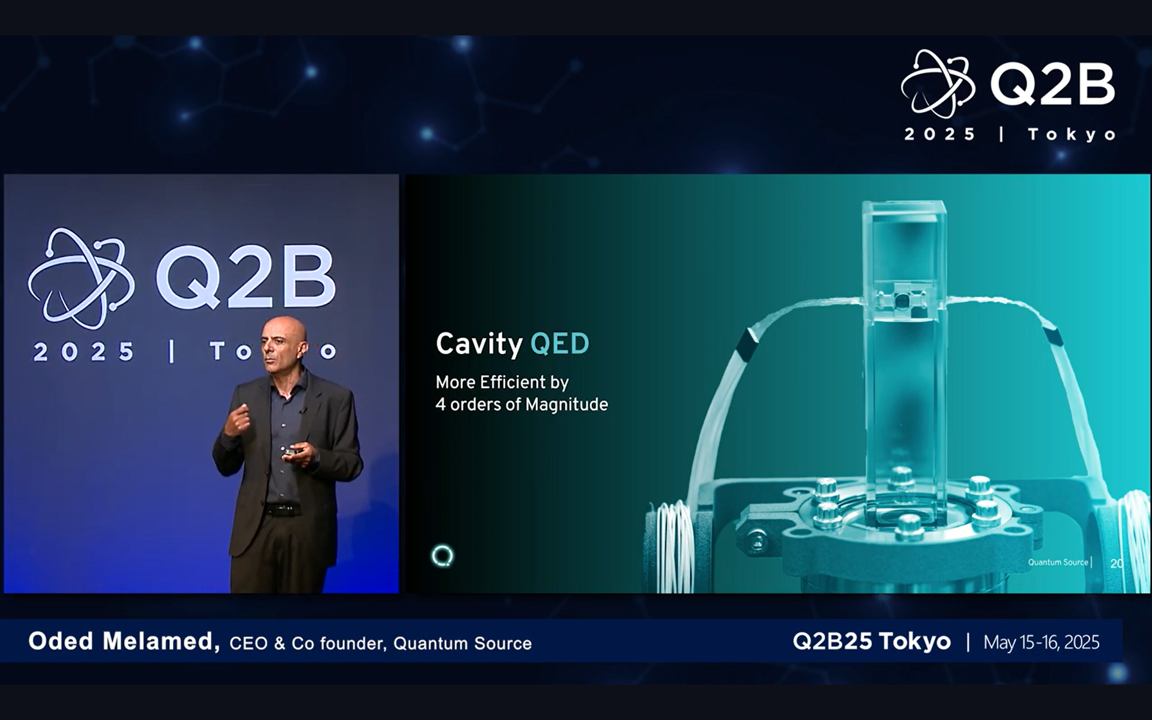
Analysis of deterministic swapping of photonic and atomic states
This work is the first ever demonstration of a qubit SWAP gate between two different physical systems - a single photon and a single atom.
This achievement is highly significant because the SWAP operation is essentially the most fundamental act of communication in nature. To understand why, we must first consider the qubit, the most fundamental unit of information in the quantum world.
According to Quantum Mechanics, a qubit represents the entire knowledge on any physical system that can exist in only two states, like an on-off switch, a flipped coin, or the spin direction of an electron.
There is no physical process that can unconditionally duplicate a qubit (the "no-cloning theorem"), as that would allow measuring an unknown qubit in multiple bases, thereby bypassing the uncertainty principle. Similarly, there is no physical process that can erase a qubit - the information on the system is part of the system, whether we measure it or not.
All this means that in nature, one can never just "read" a qubit (which would mean duplicating it), nor just "write" a new qubit on it (which would mean erasing the previous one). Accordingly, the only way two systems can communicate a qubit between them is by swapping - the qubit stored in system A goes into system B, and the qubit from system B goes into A - which is the physical meaning of the SWAP gate.
Indeed, in this work the authors prove the SWAP operation between the photon and the atom by showing that the photon "swapped-out" from the atom represents the original atomic qubit in a way that exceeds the amount of information that can be measured "classically".
To achieve the conditions that allow such a deterministic interaction between the photon and the atom, the authors utilize a micron-scale chip-based optical resonator to focus the light on a single Rb atom.
Making quantum computing practical with hybrid photon-atom systems.
This achievement carries not only scientific significance, but also technological and practical ones. One example is the ability to utilize the SWAP gate as a heralded quantum memory that is robust to photon loss in the communication channel: The photon that comes back from the atom is in fact an indication that the input photon indeed survived the communication channel and reached its destination.
Even more importantly, a photon-atom SWAP gate can dramatically impact the quantum computation field by allowing hybrid photon-atom systems.
Nearly all quantum computation platforms today use mostly only one type of qubit, be it atomic qubits, superconducting qubits, or photonic qubits, each platform with its own advantages and limitations. Here, for the first time, qubits can be exchanged between platforms upon need, allowing to harness the relative advantages of each.
Specifically, in Quantum Source we rely on the scalability and robustness of photonic qubits, and utilize the SWAP gate to interact with atomic qubits to enable deterministic entangling operations that are impossible with photons.
categories
popular

P-Atom-Mediated Deterministic Generation and Stitching of Photonic Graph States
How single atoms can solve the most demanding challenge in photonic quantum computation: deterministic generating of graph states

P-A passive photon-atom qubit SWAP gate
The first experimental demonstration of a qubit SWAP gate between two different types of qubits.
Similar
popular

V-Quantum Frontiers: National Strategy, Global Impact
At QWC 2025, former Prime Minister of Israel and Quantum Source Board Member Naftali Bennett joined Preston Dunlap, former inaugural CTO and Chief Architect of the U.S. Space Force & Air Force and founder of Arkenstone Ventures, for a timely discussion on how nations and companies can navigate the pivot from promise to practical quantum capability.

V-Beyond the Qubit Wall: Scaling Photonic Computing with Atoms
At QWC 2025, Quantum Source laid out how photonics could leap from probabilistic lab demos to room-temperature, fault-tolerant systems. In a tightly argued talk, CEO Oded Melamed described a hybrid approach that couples single photons with single atoms on one platform, aiming to make resource-state generation deterministic and compact enough for a standard server room.

V-Making Photonic Quantum Computation Scalable Using Single Atoms
At Q2B Tokyo 2025, our CEO Oded Melamed presented “Making Photonic Quantum Computation Scalable Using Single Atoms,” explaining how our photonic-based approach addresses key challenges to enable scalable quantum computing.
popular

N-Quantum Source Delivers Practical Photonic Quantum Computing
In this Forbes exclusive interview, published just ahead of Quantum World Congress, Gil Press highlights how Quantum Source’s atom-photon technology is paving the way toward scalable, fault-tolerant photonic quantum computing.

N-Quantum Source Unveils ‘ORIGIN’ - A Noval Core Engine For Scalable, Fault-Tolerant Photonic Quantum Computers
ORIGIN’s vision and concept will be presented at the Quantum World Congress (QWC) in Washington, D.C. on September 17, 2025, in a keynote session featuring Former Israeli Prime Minister Naftali Bennett, a member of the company’s Board, and Quantum Source Co-Founder and CEO Oded Melamed.

N-Exclusive: Prof. Barak Dayan on Quantum Source’s Photon-Atom Breakthrough in Quantum Computing
In this TQI exclusive interview, Prof. Barak Dayan, Chief Scientist at Quantum Source, shares how their photon-atom technology is tackling some of the toughest challenges in quantum computing.




